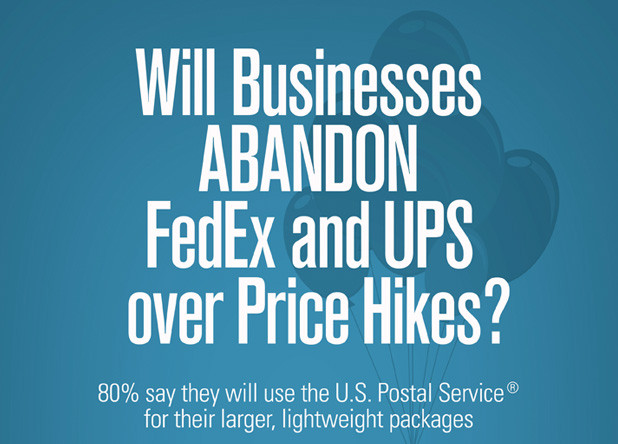
With FedEx and UPS recently applying dimensional weight pricing to all Ground shipments, many businesses are faced with the need to reconsider their shipping carriers and method of packaging.
In case you aren’t aware, dimensional weight pricing bases shipping costs on the volume of a package in relation to its weight. Therefore, shipping larger, lightweight products will cost significantly more than it did in 2014.
Endicia recently reached out to over 700 businesses to understand how they feel about the FedEx and UPS dimensional weight pricing and what they plan to do now that it is in effect.
For starters, our results show that 28 percent of online businesses hadn’t heard of dimensional weight pricing, which means they will probably only understand its impact once they see a price hike in their January 2015 invoice from FedEx or UPS.
Additionally, 74 percent of businesses disagree with dimensional weight pricing because they believe it is expensive and unfair to businesses and shippers.
So what do businesses plan on doing now that they are faced with these price hikes?
80% say they will use the U.S. Postal Service for their larger, lightweight packages.
Unlike FedEx and UPS, The U.S. Postal Service® did not increase shipping costs in January 2015. In fact, it reduced Priority Mail rates, making it an affordable option for businesses to ship heavier packages, up to 40 pounds. Lastly, the Postal Service does not apply dimensional weight pricing to packages up to one cubic foot in size.
For more results from our survey, check out the infographic below. And for more on dimensional weight pricing, read our recent blog post on the subject here.
Also, don’t forget to check out our dimensional weight pricing calculator to find out how the new DIM weight rules could impact your costs and where you could save money with the USPS!




